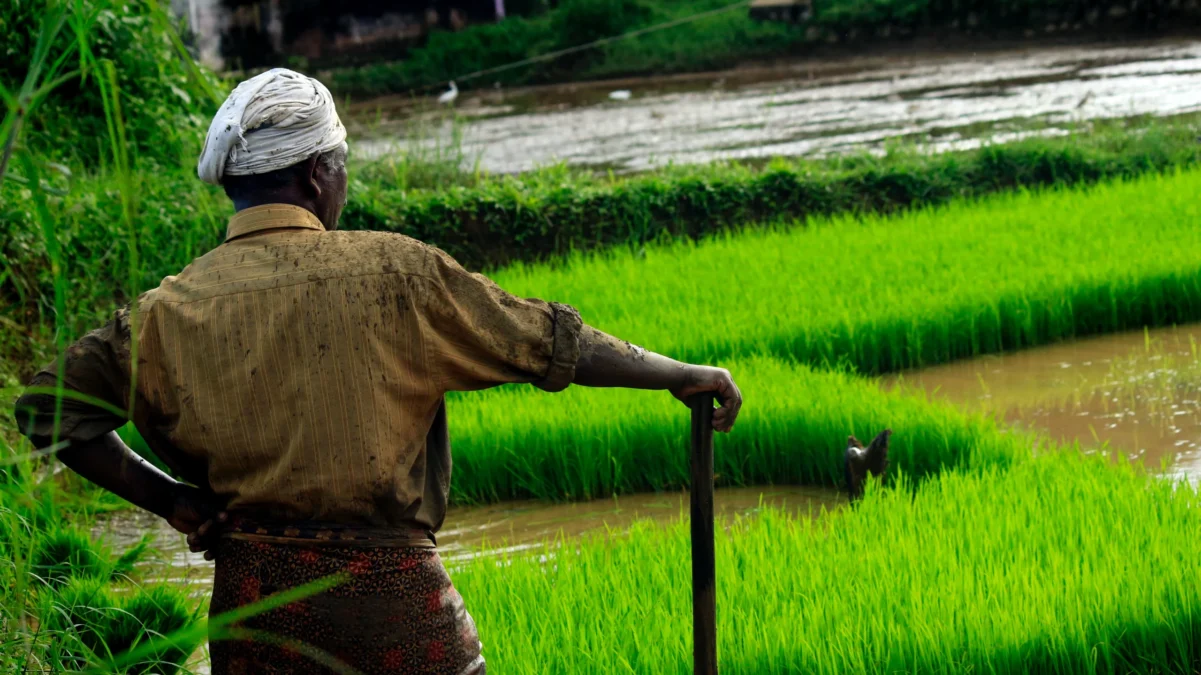Regenerative Agriculture: Soil Health & Ecosystem Restoration

Regenerative agriculture is a holistic approach to farming that emphasizes soil health, biodiversity, and ecosystem restoration. By examining its principles and practices, we can gain insights into how regenerative agriculture positively impacts the environment and supports sustainable food production.
Understanding Regenerative Agriculture:
Regenerative agriculture goes beyond sustainable practices, aiming to revitalize ecosystems and improve soil health over time. This approach involves a set of principles and practices that work in harmony with nature, rather than depleting resources. Here are some key aspects:
- Soil Health: Regenerative agriculture focuses on building and preserving healthy soil. Practices such as cover cropping, crop rotation, and reduced tillage help enhance soil fertility, structure, and water-holding capacity. Healthy soil promotes nutrient availability, reduces erosion, and sequesters carbon.
- Biodiversity: Encouraging biodiversity is a crucial component of regenerative agriculture. By integrating diverse plant species, farmers create habitats for beneficial insects, birds, and microorganisms. This biodiversity helps control pests naturally and enhances pollination, leading to increased crop yields.
- Water Management: Regenerative agriculture promotes water conservation and efficiency. Strategies like contour plowing, mulching, and precision irrigation reduce water runoff and erosion, ensuring its optimal use.
Impacts of Regenerative Agriculture:
The adoption of regenerative agriculture practices has far-reaching benefits:
- Soil Restoration: Regenerative practices rebuild degraded soils, enhancing their nutrient content, organic matter, and microbial activity. Improved soil health enhances crop resilience, reduces the need for synthetic fertilizers, and increases carbon sequestration, mitigating climate change.
- Biodiversity Conservation: By promoting diverse habitats, regenerative agriculture supports native species, including pollinators and beneficial insects. This contributes to balanced ecosystems, reduces the reliance on chemical pesticides, and fosters long-term ecological sustainability.
- Climate Resilience: Regenerative agriculture plays a vital role in mitigating climate change. By sequestering carbon in the soil, it helps offset greenhouse gas emissions, combat soil erosion, and improve water management, making farms more resilient to extreme weather events.
FAQs
Q: Can regenerative agriculture be practiced on a large scale?
A: Yes, regenerative agriculture can be applied at various scales, from small family farms to large commercial operations. However, transitioning to regenerative practices may require adjustments in management, infrastructure, and crop rotations, which can take time and planning.
Q: Does regenerative agriculture require additional investments?
A: While transitioning to regenerative practices may involve initial investments, the long-term benefits can outweigh the costs. Improved soil health reduces the need for synthetic inputs, lowers erosion rates, and enhances crop productivity, resulting in potential cost savings over time.
Q: Is regenerative agriculture suitable for all types of crops?
A: Yes, regenerative practices can be applied to various crop types, including grains, fruits, vegetables, and even livestock farming. The principles of regenerative agriculture are adaptable and can be tailored to specific ecosystems and agricultural systems.
Q: Can regenerative agriculture help combat food insecurity?
A: Yes, regenerative agriculture has the potential to contribute to food security. By enhancing soil health, regenerative practices can improve crop yields and resilience, especially in regions vulnerable to climate change and soil degradation.


